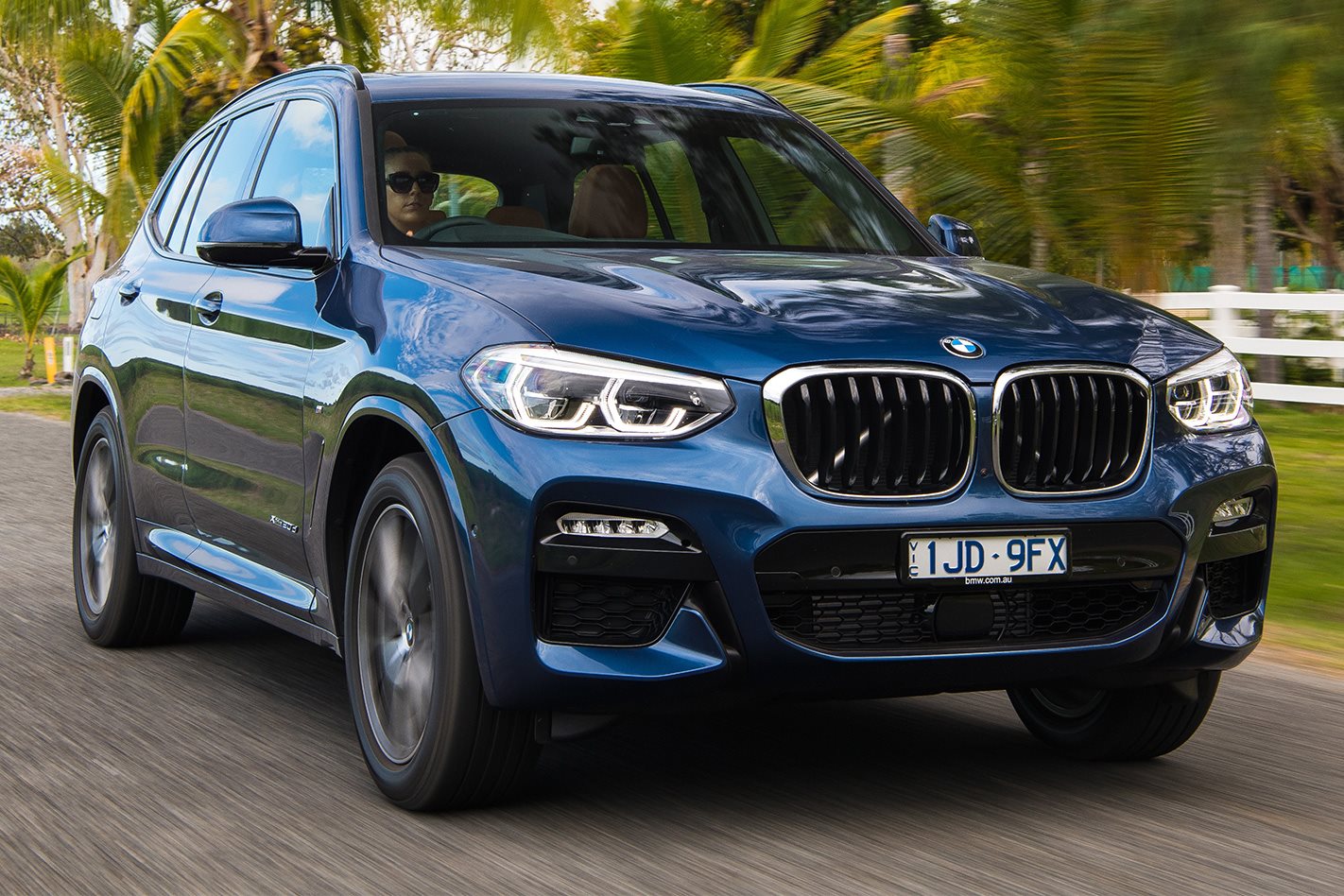Things we like
- Powertrain refinement and efficiency
- Interior comfort and packaging
- Unapologetic exterior styling
Not so much
- Never feels truly fluid in terms of ride or steering
- Some cheap plastics carry over
- Wind and tyre noise
- Value diminishes as options are added
WHAT IS IT?
The crucial all-new mid-size SUV that BMW is counting on to help turn around its year-on-year sales decline.
WHY WE ARE DRIVING IT
The first three (of five) models in the range were provided to us out of Cairns in far-north Queensland, giving a good indication of the new BMW X3’s touring and dirt-road performance.
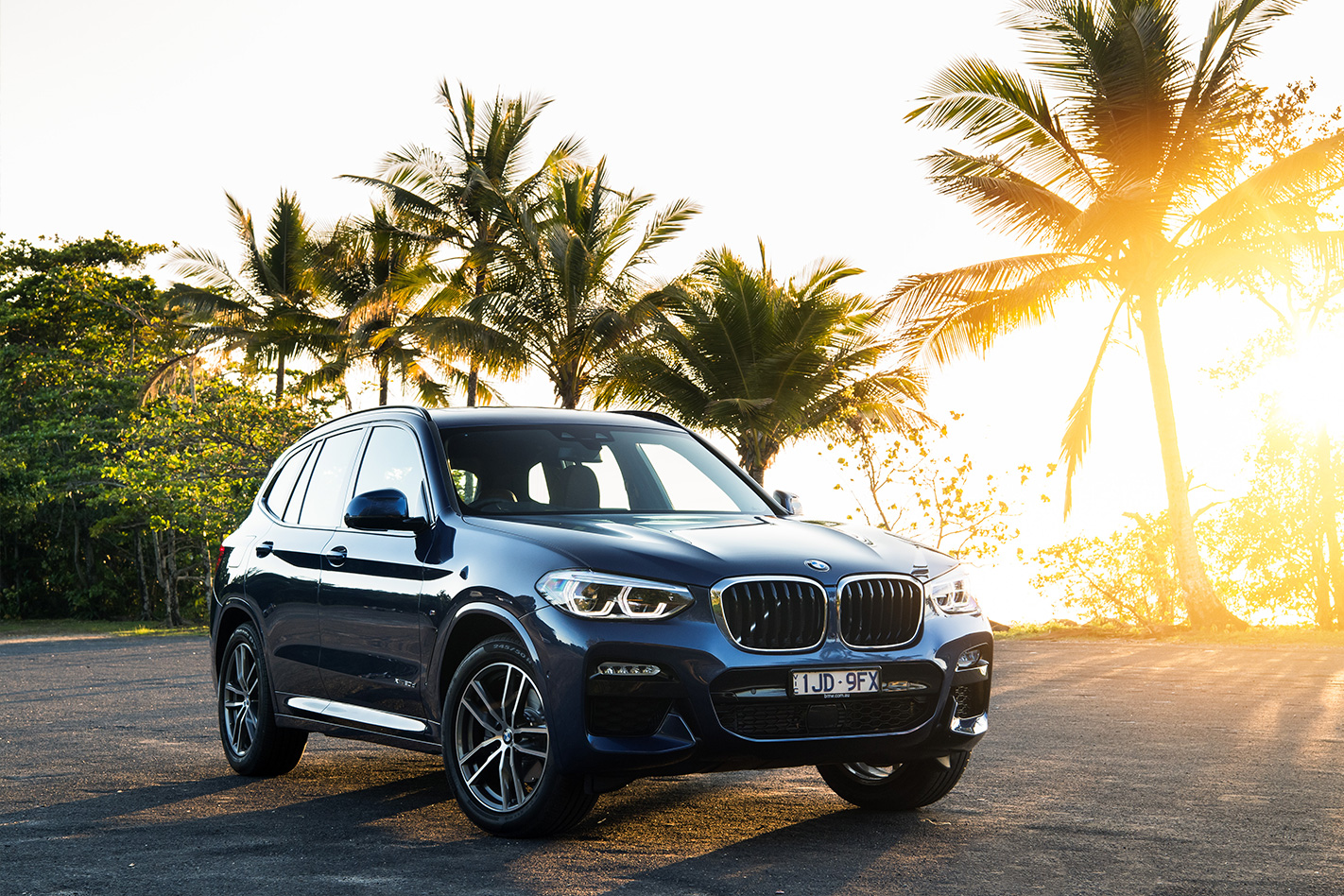
THE WHEELS VERDICT
The third-gen X3 makes tangible – in places, massive – gains over its predecessor, and delivers a blend of space, efficiency and responsiveness that will win it plenty of fans. With a rear-drive base petrol model and a high-performance variant due early next year, there will be an X3 for every taste and application. However, whether the new model can win a head-to-head comparison against the best of its class rivals is another question entirely.
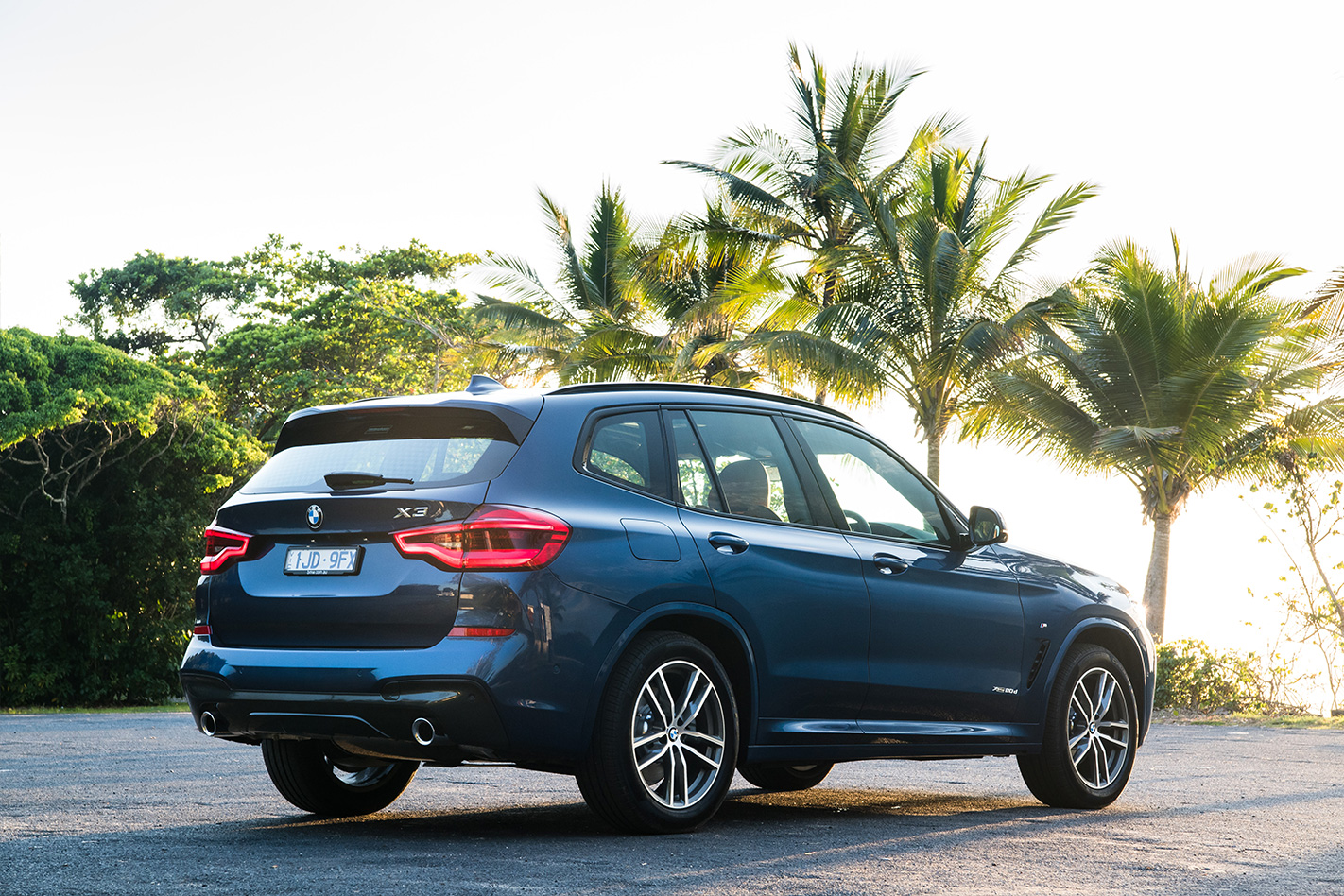
THE WHEELS REVIEW
Saviours can come in many forms, but could one really emerge packaged as a premium mid-sized SUV? BMW Australia sure hopes so, as the company could use a selfless heavy lifter right now. The 2017 calendar year has not been kind, with sales down around 16 percent on this time last year, and arch-rival Mercedes-Benz is powering off into the distance, some 10,000 cars ahead.
But BMW is playing it cool, assuring anyone listening that the “new product onslaught!” will slam the downward trend into reverse, starting right here with the all-new X3. It’s impossible to argue about the potential, given BMW’s top three sellers in Australia are SUVs, and the mid-size segment into which the X3 dives is healthiest of all.
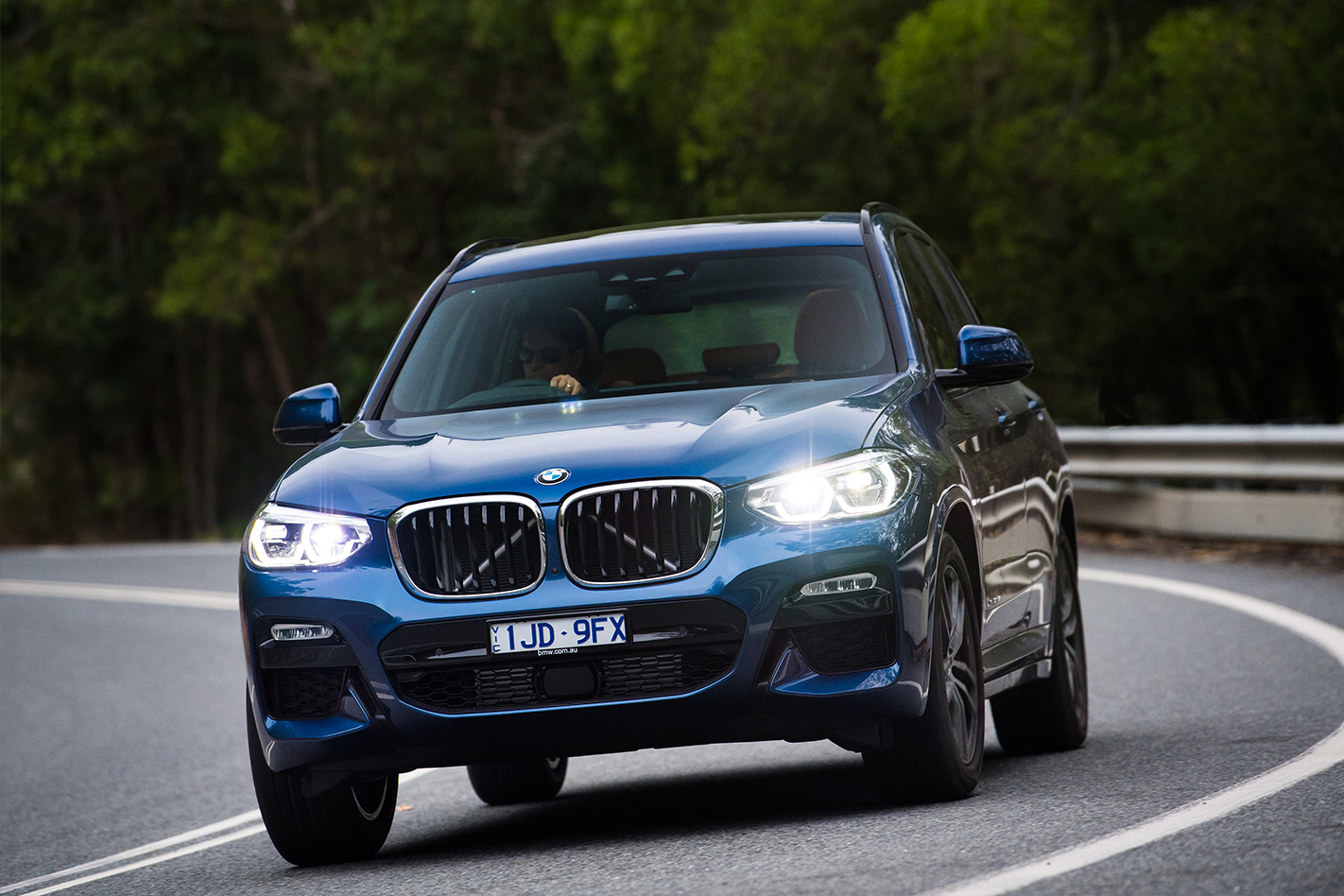
That exterior is the work of BMW’s Aussie-born designer Calvin Luk, and while it’s way more masculine and assertive than its slightly dumpy predecessor, a cursory inspection suggests a slightly reduced X5, until you really start studying the finer details. Underneath (and inside) it’s very much a raiding of the 5 Series component sets, which brings an increase in wheelbase of 54mm, which also sees the overall exterior grow by the same measurement.
Also, proof you’re not just imagining it: this third generation (G01) X3 is now larger than the first-gen X5. The growth spurt only brings a 6mm increase in rear legroom, but it’s enough that a pair six-footers can comfortably inhabit the rear seats provided the front-seat occupants don’t demand full rearward travel of the their pews.
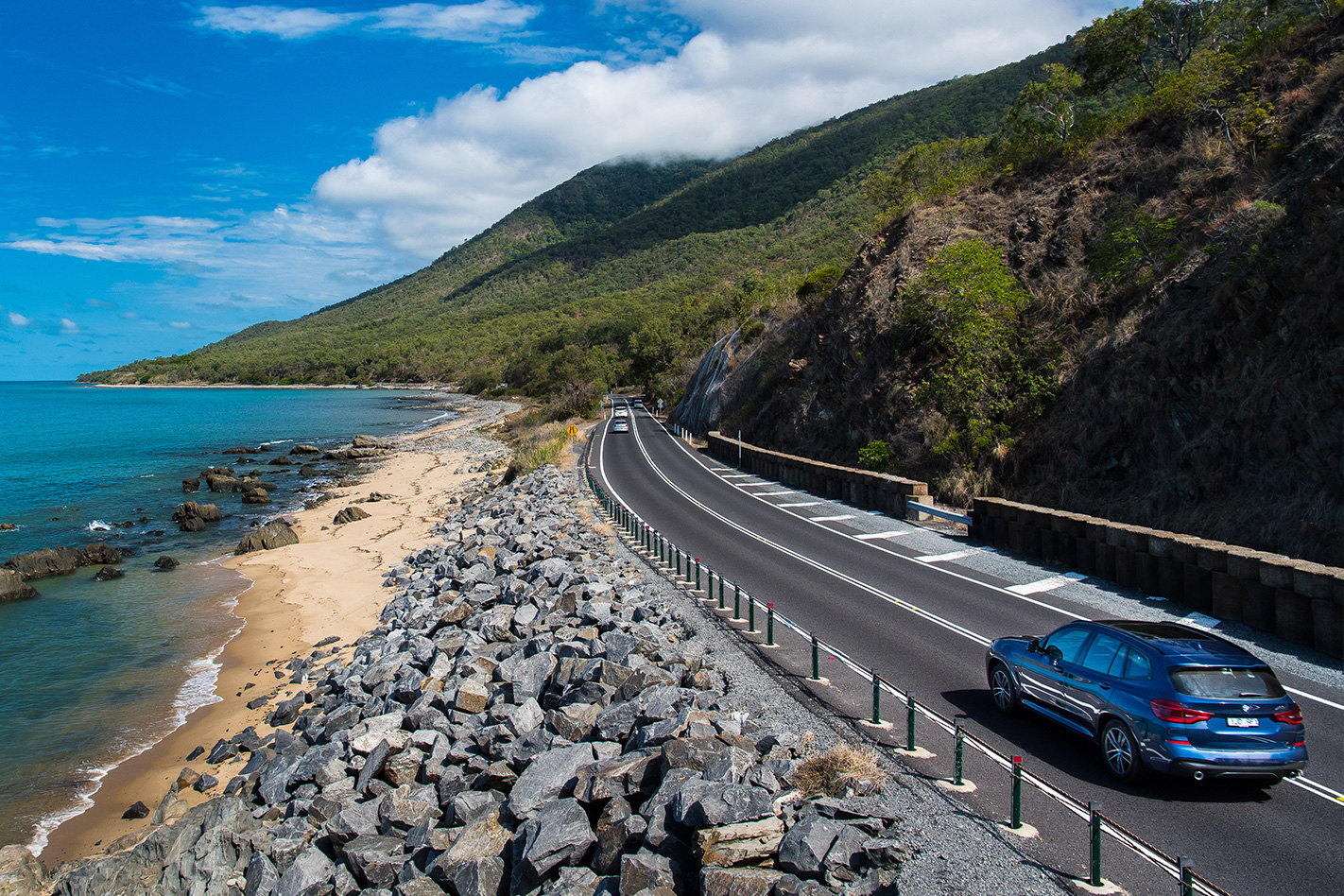
Only the lower plastics – kick panels, doorbins, etc, – look a bit utilitarian; elsewhere the sense of premium is mostly persuasive. The iDrive 6 system now features a touchscreen, while the centre stack, with its aluminium-finished buttons and glossy touches, is both elegant and functional. The standard instrument panel on the two upper-spec models is now of the ‘virtual’ variety, but features raised aluminium semi-circles that frame the main dials to give a sense of three-dimension depth.
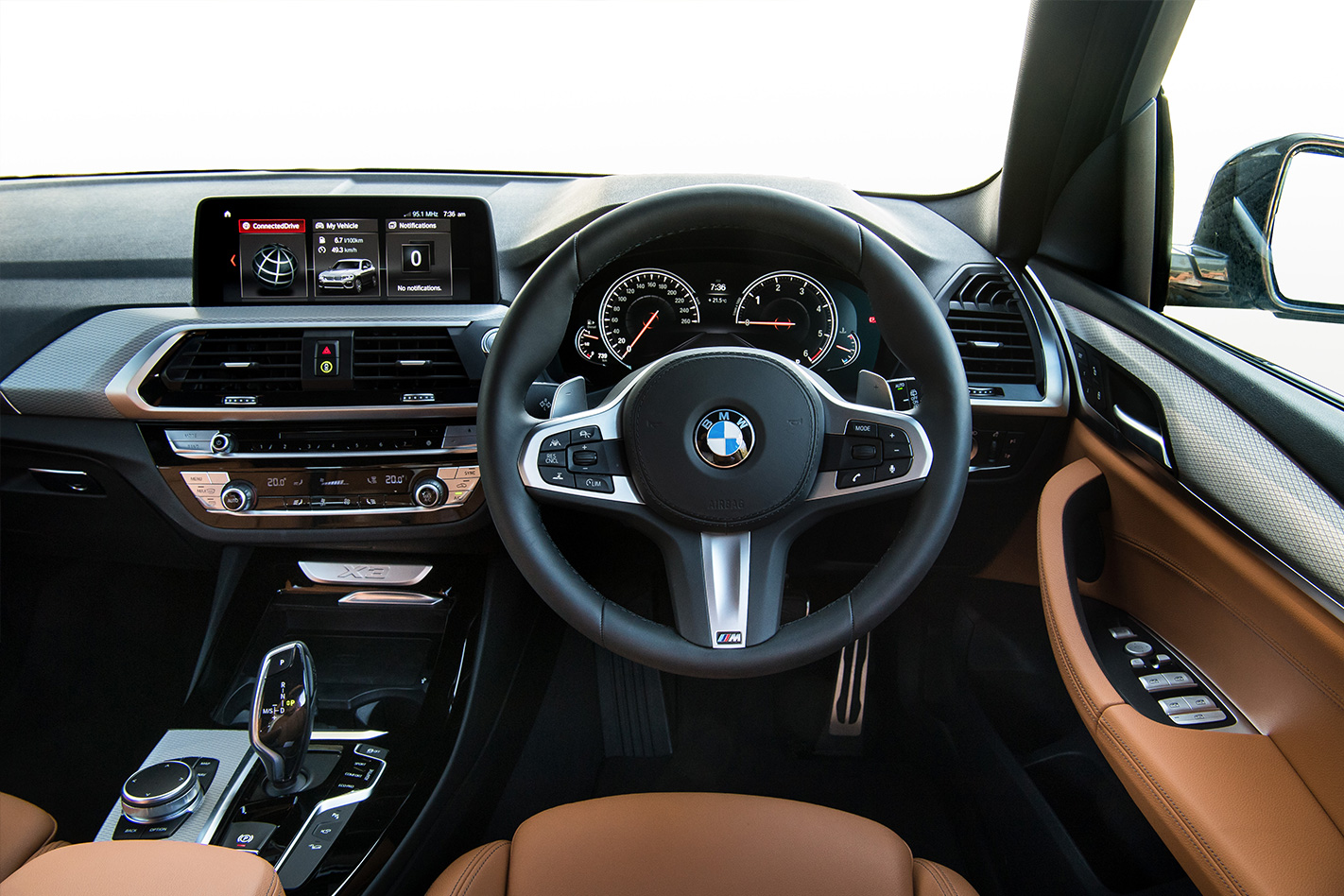
As for the driving experience, first impressions are that BMW’s powertrain expertise shows no sign of eroding. The outputs of base 2.0-litre turbo-diesel (140kW/400Nm) don’t change, but the toxicity of what exits its tailpipe does: this engine is now Euro 6 compliant, meaning it uses the addition of Adblue from a separate tank to reduce harmful emissions.
The inherent clatter at idle and in the step-off phase is well-muted, and the performance it delivers – 0-100km/h in 8.0 seconds – feels adequate for the driving demands most owners would ask of it. If the budget is tight, this model, even on standard 19-inch wheels and without lavish options, doesn’t feel like you shop at Costco and raid clothing bins.
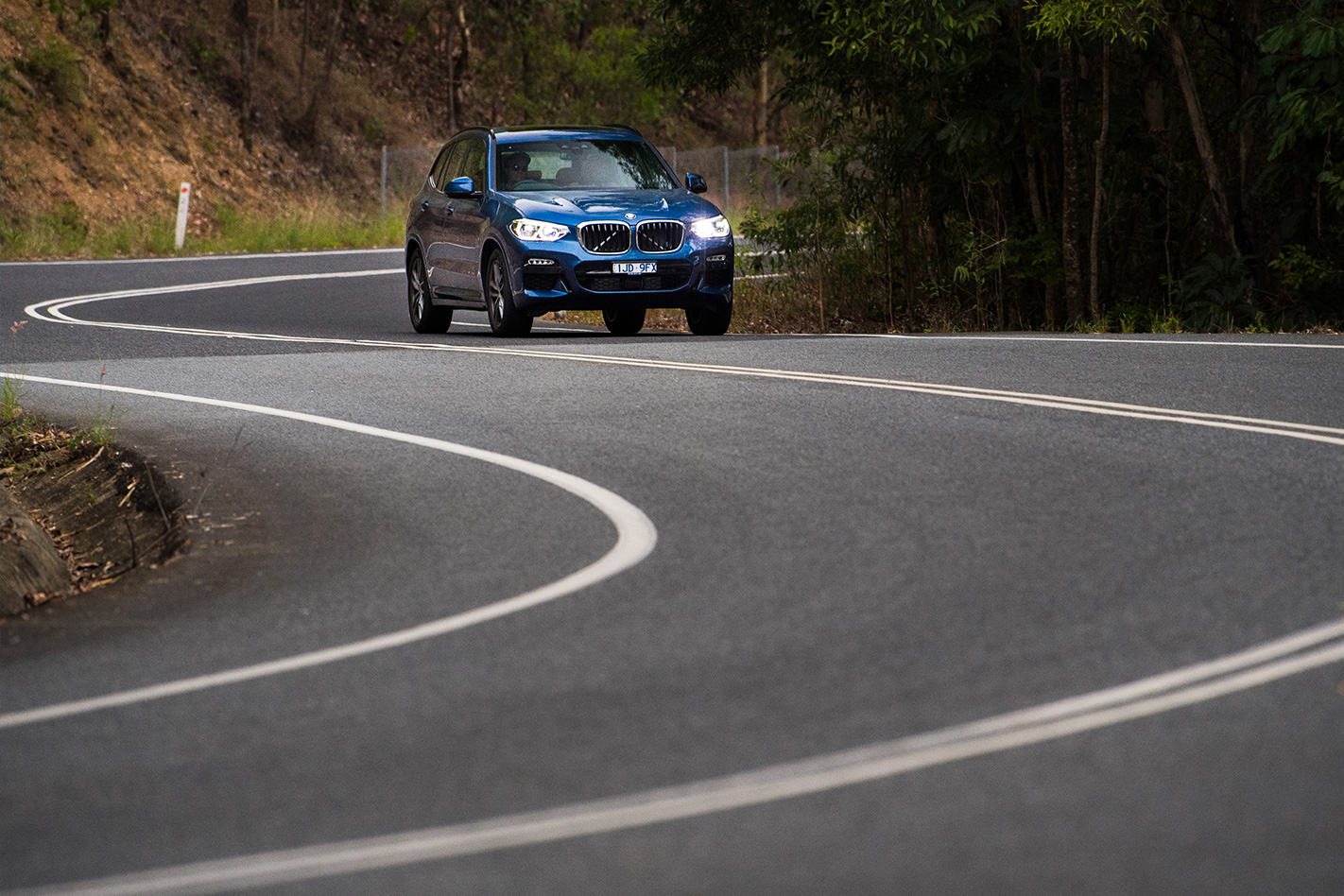
For a proper slug-fest of torque, though, you’ll want the 30d. Power from the 3.0-litre straight six oiler is only up by 5kW (now 195kW) over the old X3 30d, but torque jumps to 630Nm (up from 560) and both sprinting ability and shove on the move feels seriously unambiguous. Just as impressive is the refinement and revability: if you insist, via Sport Plus and manual mode, the eight-speed auto will forgo the usual 4700rpm upshifts, and instead hold the engine on its limiter at 5500rpm, without sounding like it’s about to throw a rod out of bed.
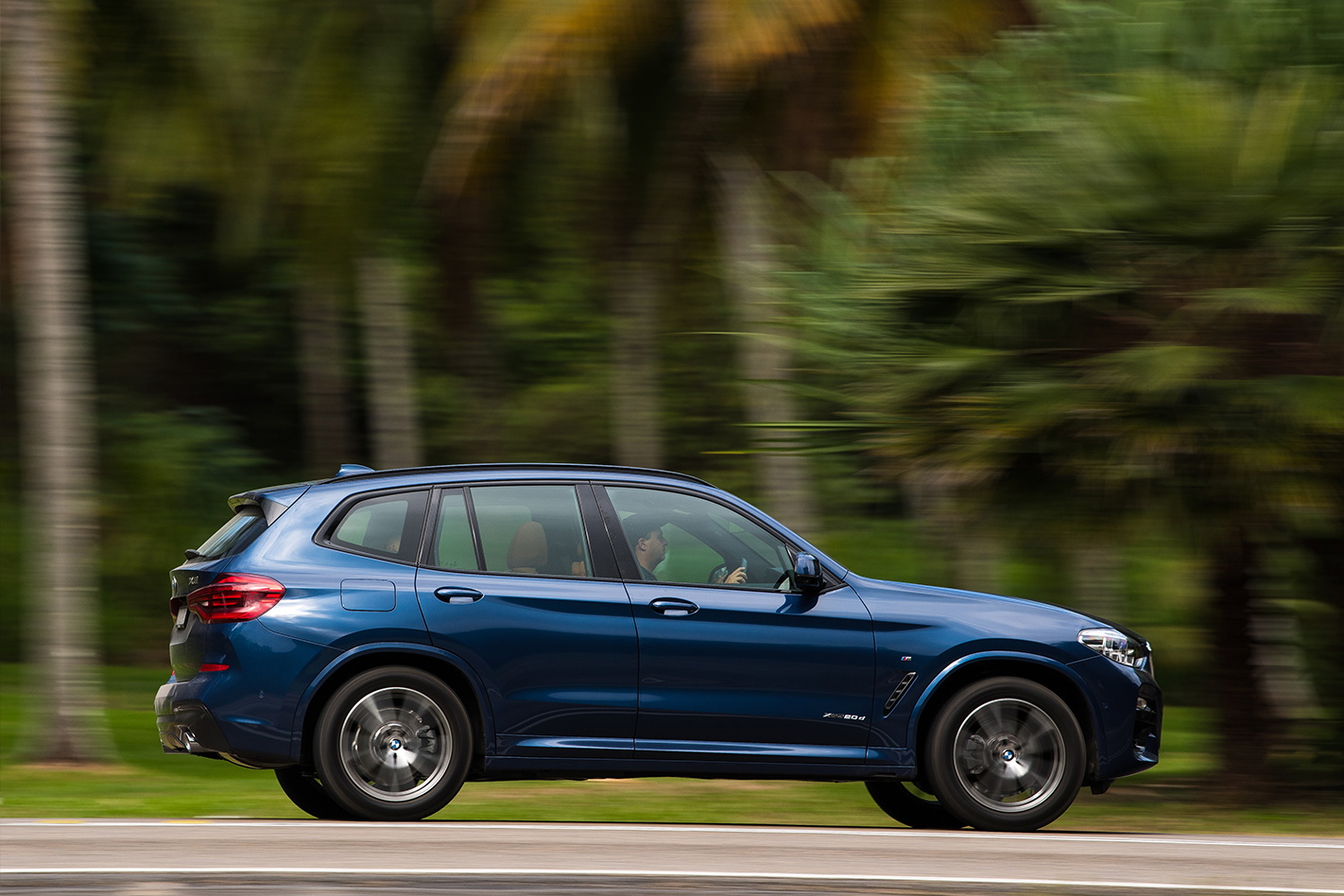
So the X3 doesn’t feel as if it leaps to class leadership in terms of outright dynamics. But buyers in just about all SUV segments are willing to overlook a multitude of on-road compromises in the quest for the driving position, packaging and perception of a premium interior promised by the badge. On this level, the X3 delivers.

2018 BMW X3 SPECIFICATIONS
- Model: BMW X3 xDrive 30i
- Engine: 1998cc 4cyl, dohc, 16v, turbo
- Max power: 185kW @ 5200-6500rpm
- Max torque: 350Nm @ 1450-4800rpm
- Transmission: 8-speed automatic
- Weight: 1790kg
- 0-100km/h: 6.3sec (claimed)
- Economy: 7.6L/100km
- Price: $75,900
- On sale: Now
Things we like
- Powertrain refinement and efficiency
- Interior comfort and packaging
- Unapologetic exterior styling
Not so much
- Never feels truly fluid in terms of ride or steering
- Some cheap plastics carry over
- Wind and tyre noise
- Value diminishes as options are added
We recommend
-
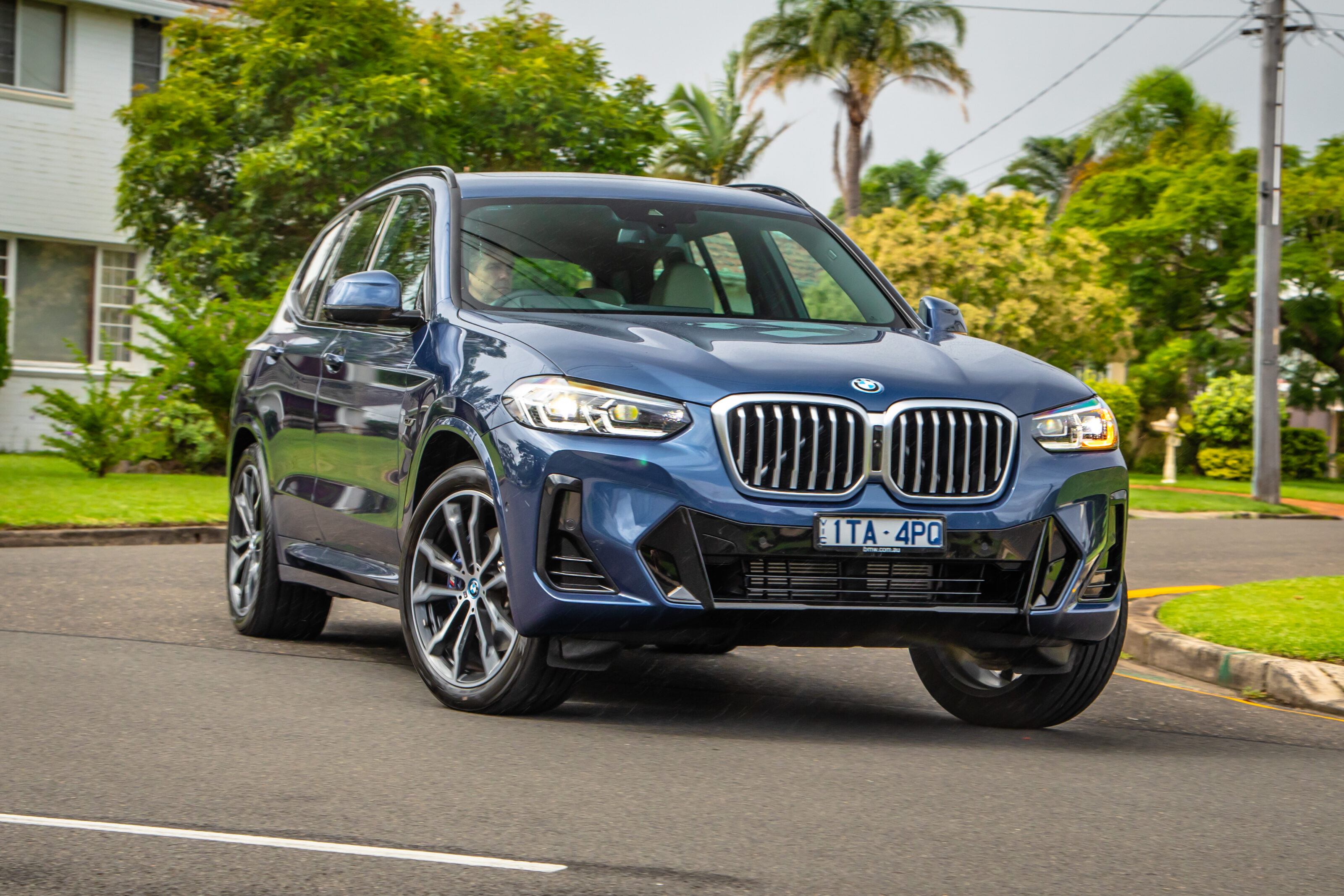 Reviews
Reviews2022 BMW X3 xDrive 30e review
Hybrid X3 plugs the gap between petrol, diesel and electric – for a price
-
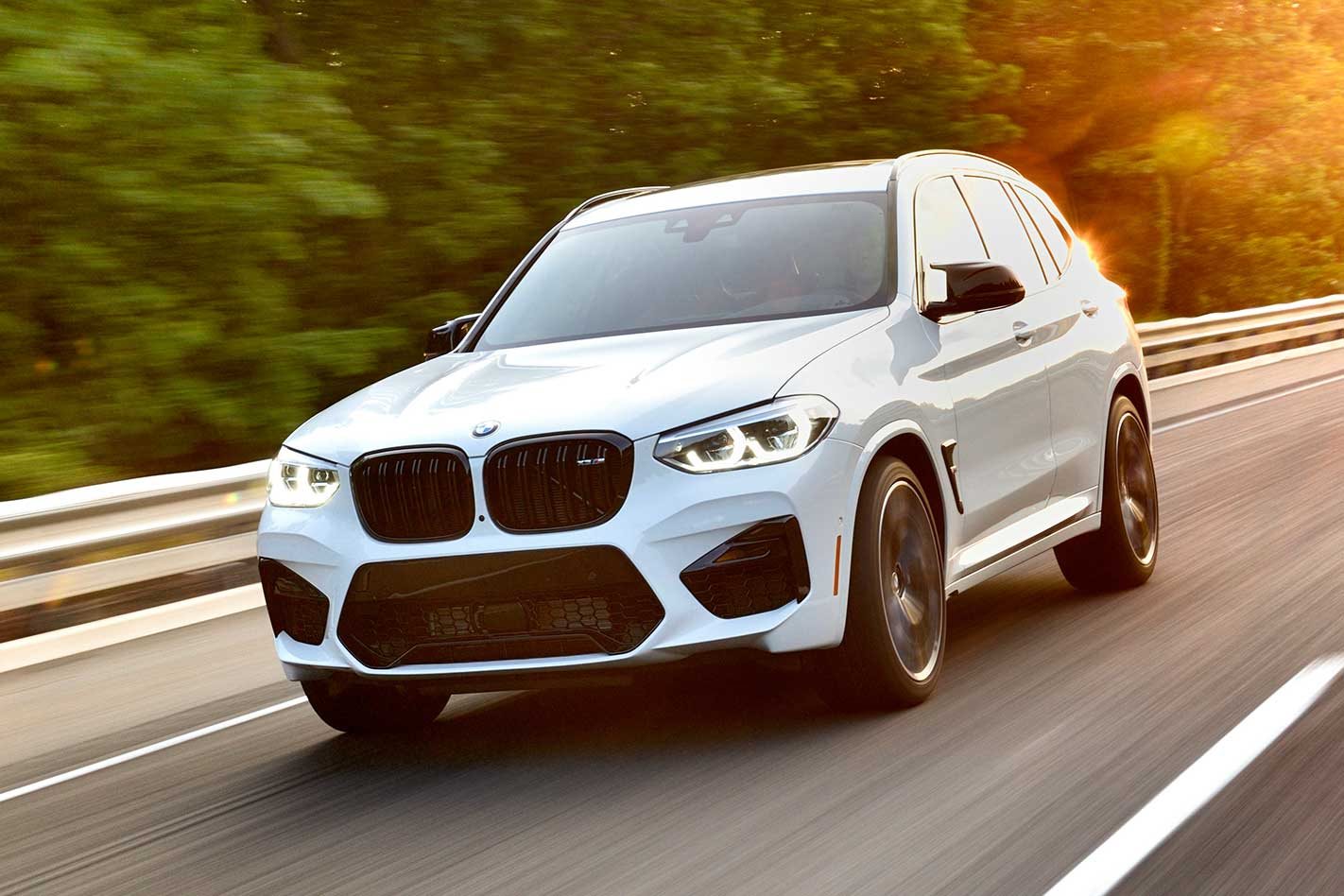 Reviews
Reviews2019 BMW X3 M Competition performance review
As driver-focused as performance SUVs come
-
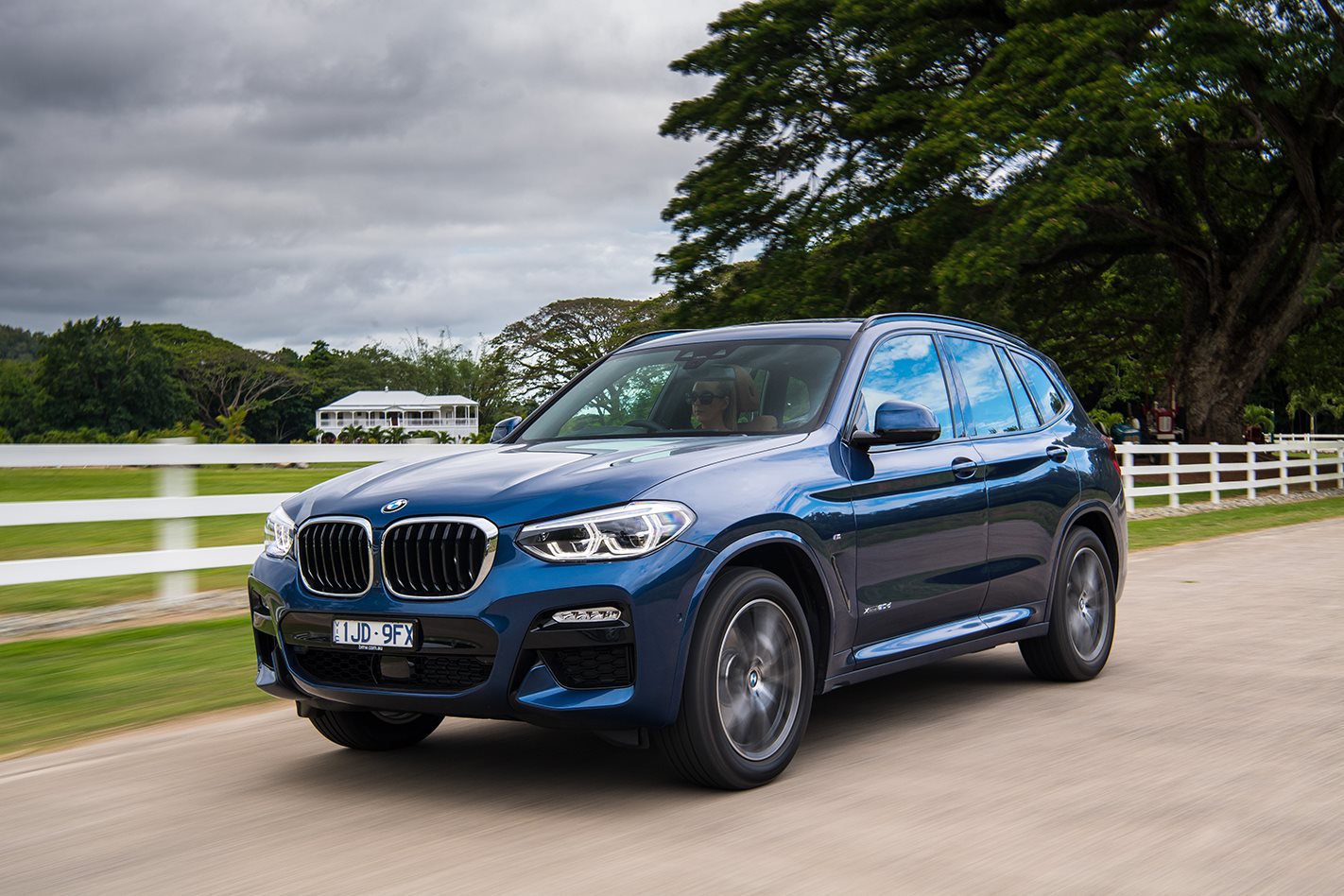 Reviews
Reviews2018 BMW X3 Range Review
The BMW X3 is a sporty medium SUV with enthusiastic but frugal engines, a slick eight-speed automatic gearbox, enjoyable all-wheel drive handling, and a big five-seat cabin.


